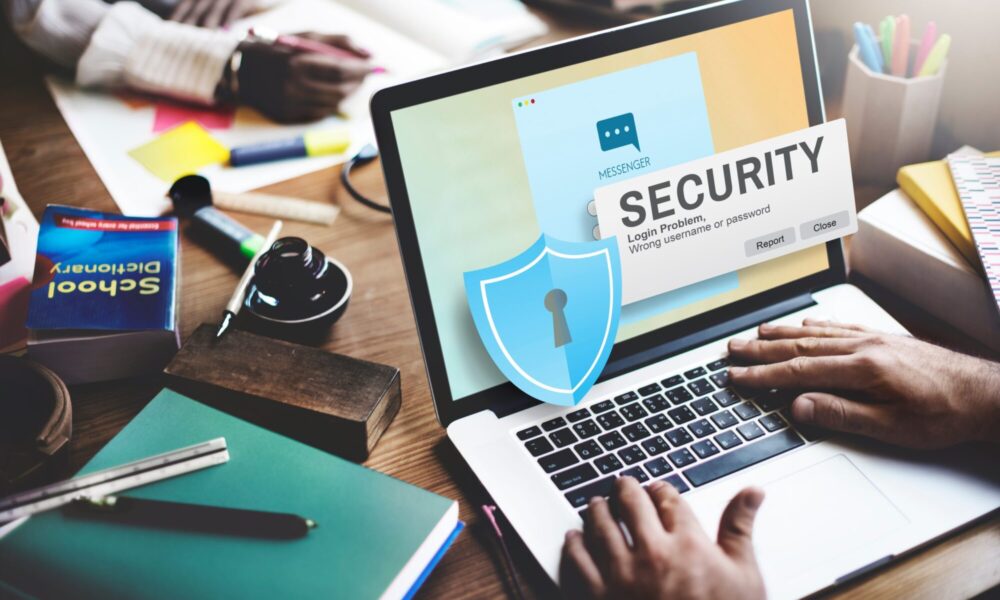Cybersecurity for Alma Mater: Keeping k–K-12 Networks and Their Data Safe

Technology is a growing influence on schools today, which is why protecting the sensitive data of students and staff is crucial. Cybersecurity at educational institutions is no longer an option; it has become imperative for student safety and education.
Understanding Cyber Threats in Education
Cybercriminals are targeting schools, seeking to exploit vulnerabilities in school networks. Malware, phishing attacks, and ransomware are all prevalent threats. They represent serious threats to the security and privacy of school data. For instance, phishing attacks utilize emails to entice users to divulge sensitive information. Ransomware enables access in shutdown mode, with an asking price to regain entry. Raising awareness of these dangers is the first step to being protected against them now and in the future.
Educating Staff and Students
Cybersecurity relies heavily on the need to train staff and students in online safety. These workshops and seminars are designed to raise awareness about potential threats and how to avoid them.
Integrating cybersecurity into the coursework is another potential solution. When students learn about digital safety at a young age, it will help build a culture that strengthens security. Thus, they will be able to identify and react appropriately when witnessing suspicious matters.
Establishing a Response Plan
No matter how hard we try, breaches still happen. An appropriate response plan is vital. Your plan should describe the action you will take following a security incident. A swift and effective response can help reduce the impact of a security event and return your systems to normal.
It is also important to communicate with stakeholders in a timely, precise manner. This openness ensures that trust is not lost and that efforts are coordinated to tackle these issues.
Implementing Robust Security Measures
Cybersecurity solution for schools has now become a necessity. Firewalls and anti-virus software are the first lines of defense. These tools detect and prevent unauthorized access attempts.
Keeping up with software updates is an important component of security. Tired, old systems should be replaced, and keeping all software updated closes potential entry points for cybercriminals.
A second key step is to use strong passwords. Extensive usage of password managers can help here.
Leveraging Technology for Enhanced Security
Advanced encryption techniques can secure data transmission. This allows for maintaining confidentiality and prevents access to the information.
They offer a real-time display of system activities and can identify abnormal behaviors that might signal a breach. By detecting these worries at an early stage, one can counteract them quickly, thereby minimising their impact on negative effects.
Cloud services offer extra security advantages. Cloud encryption can protect your data from both physical and digital threats. That being said, you should pick the right providers and know their security protocols.
Promoting an Inclusive Security Culture
It is important to create a culture of security. Safety is everyone’s responsibility, from administrators to students. By having open conversations about cybersecurity, we are working towards a state of collective accountability.
It is crucial to create an environment that encourages people to report suspicious activity without fear of reprisal. This transparency, in turn, can result in faster identification and resolution of threats.
Conclusion
The Department of Education stresses that a safe school climate can be achieved through awareness of threats, layered protection, and education. Though technology is important, the human element is also a necessary consideration. Part of a thorough plan involves establishing awareness and nurturing a security culture so that schools can protect their networks and data and keep a safe environment for everyone else’s learning.

Source: Cybersecurity for Alma Mater: Keeping k–K-12 Networks and Their Data Safe




